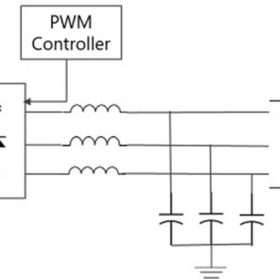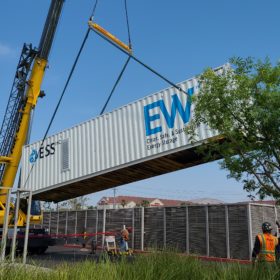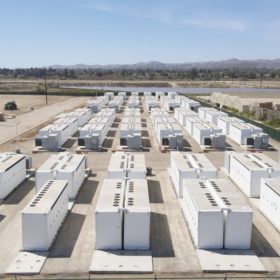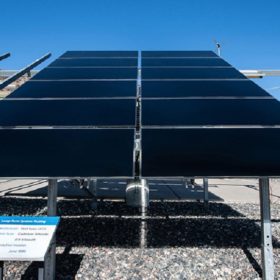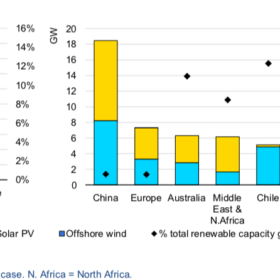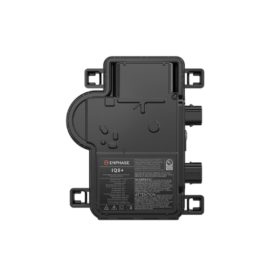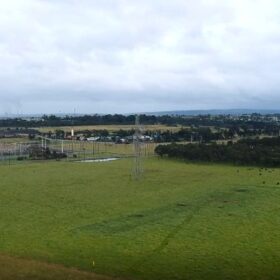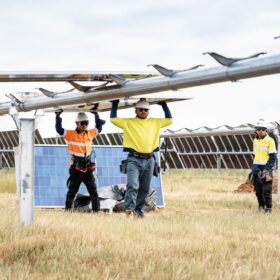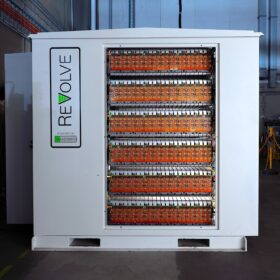US startup to build 100 MW solar plant with modules on ground
Erthos claims that with its new installation method, solar facilities could occupy just one-third of the surface covered by conventional PV plants, potentially reducing installations costs by up to 20%.
Lowering grid costs with voltage support from PV inverters at night
US researchers have proposed the use of solar inverters in utility-scale solar assets to replace expensive voltage compensators, in order to provide voltage support at night. They said reactive power from PV inverters could be significantly cheaper and suggested the introduction of incentives to convince PV plant owners.
Australian compressed H2 carrier ship approved by ABS
Perth-based Provaris Energy said it is moving forward with its compressed H2 carrier, while Princeton University researchers have published a study on how the transition to hydrogen-based energy systems would affect the tropospheric burdens of methane and hydrogen.
Solar electric camper boat
The POL Lux from Sweden is a catamaran boat design with dual electric motors and a solar canopy that can covert into a private sleeping area.
Iron-flow battery arrives at Queensland testing centre ahead of major ‘perfectly suited’ manufacturing play
Moving with Australia’s Zeitgeist, Stuart Parry, managing director of Energy Storage Industries, is working to bring battery manufacturing onto Australian shores – and his approach is, if not novel, certainly well advanced. “It’s about being smart in how we do it,” Parry tells pv magazine Australia.
Energy storage fire, explosion, and safety training manual released
IREC’s handbook contains energy storage installation codes, hardware standard, and lithium-ion risk mitigation tools.
How clean energy technologies achieve commercial success
Analysts study lab-to-market pathways for clean energy technologies including a look at the development of First Solar’s cadmium-telluride thin film solar modules.
Global renewables capacity for hydrogen to surge by 2027, says IEA
The International Energy Agency says that it expects the use of renewables to support global hydrogen production to surge over the next five years. The Netherlands and Denmark, meanwhile, have revealed plans to expand electrolysis capacity.
Compensation framework for storage proposed by research institute
Pacific Northwest National Lab (PNNL) researchers in the US have developed a new framework to compensate energy storage as a dual-use asset.
Enphase to add up to 7.2 GW of US solar microinverter production capacity
Enphase CEO Badri Kothandaraman has said that the company will build four to six new manufacturing lines in the United States.

